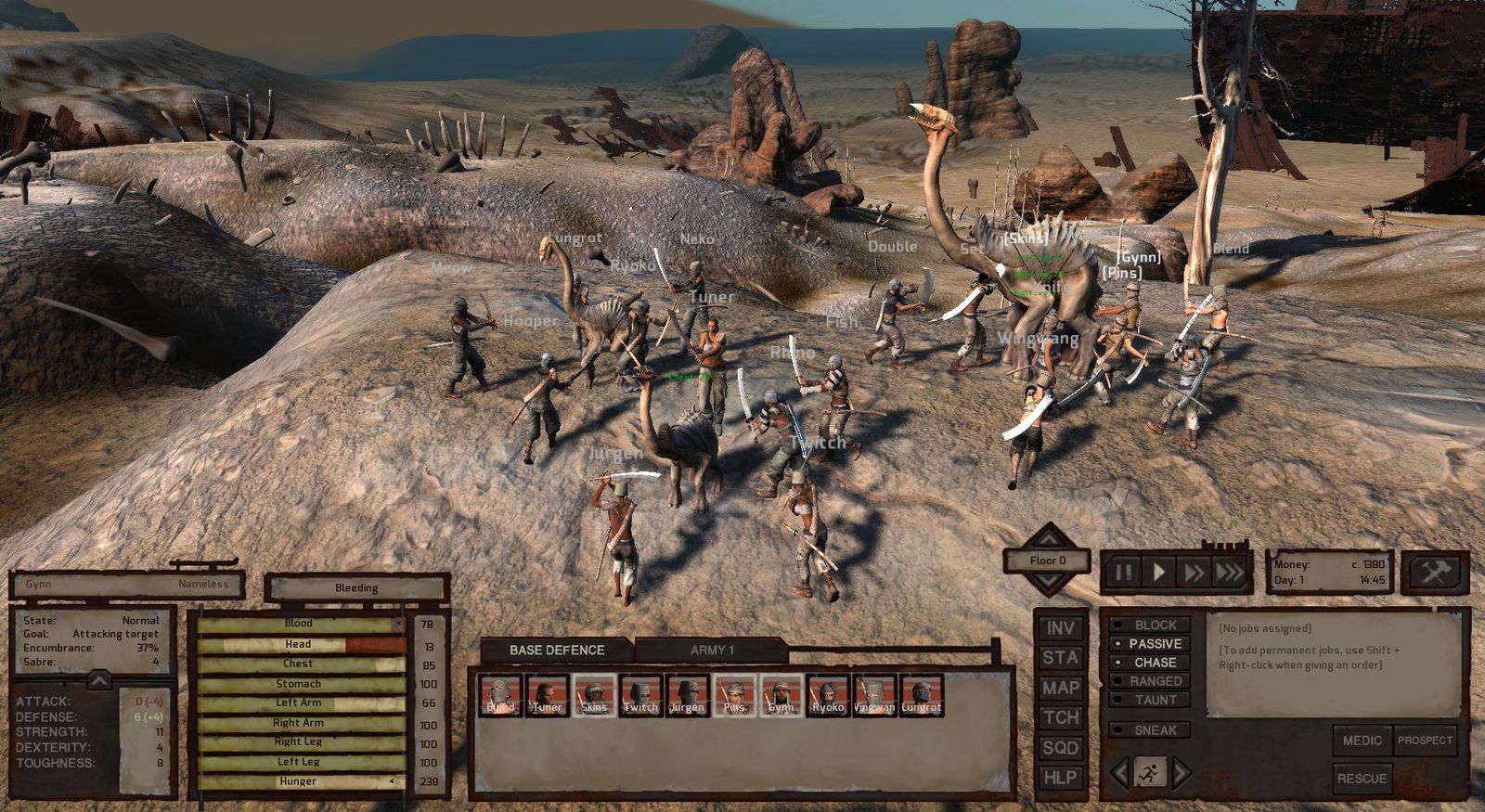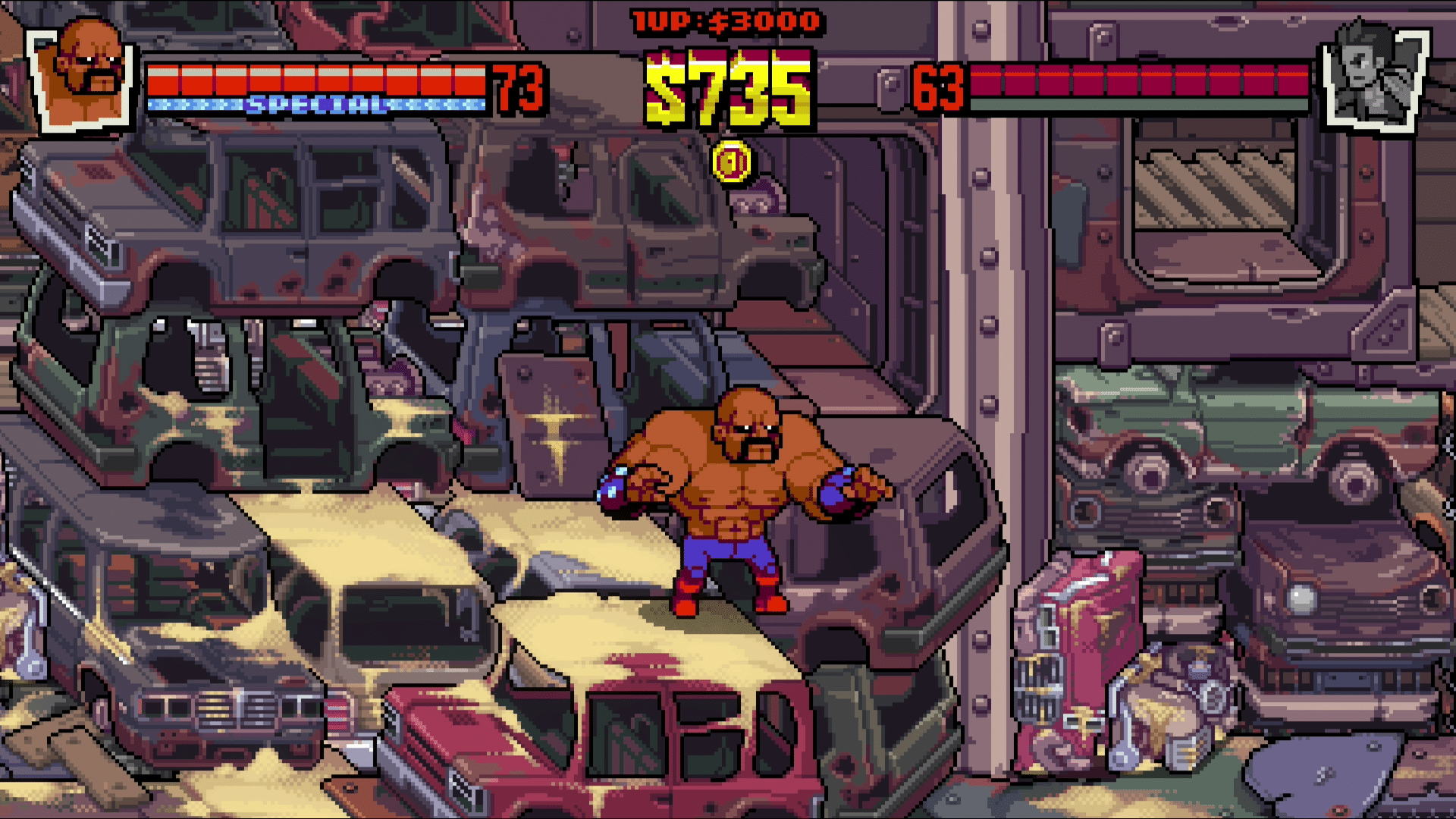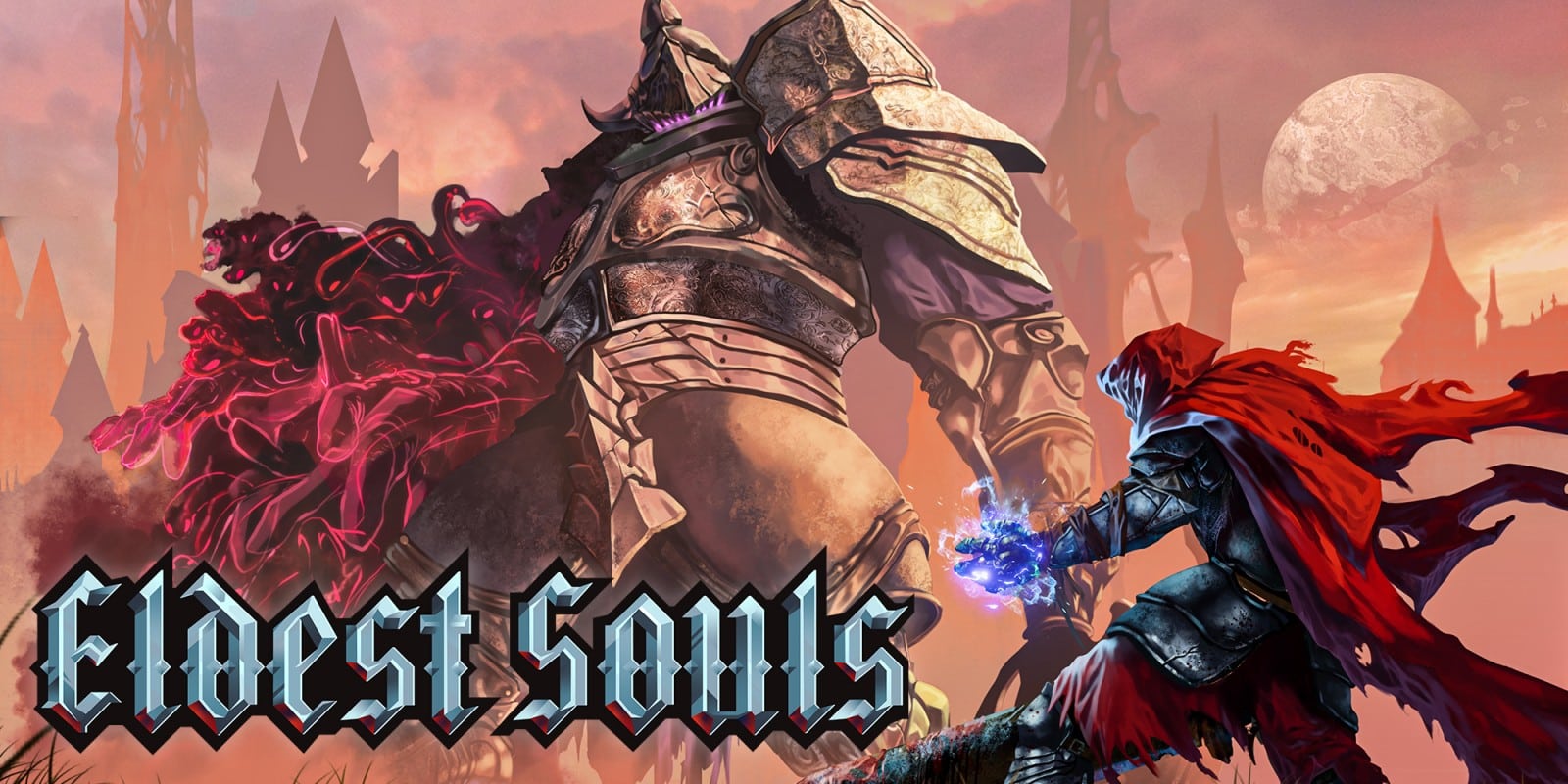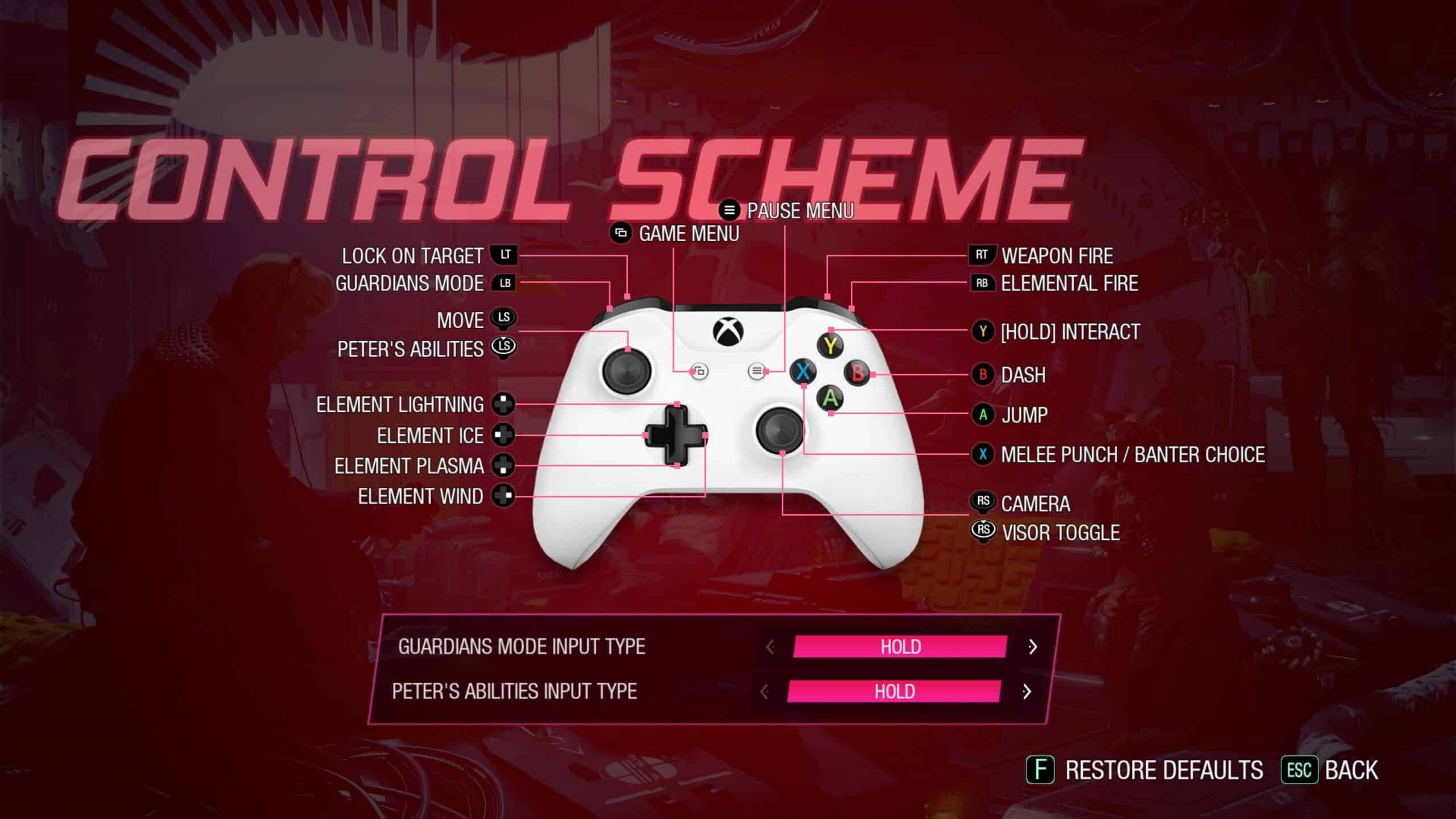Preservation has become something of a hot button issue. So many things are lost to the sands of time, resulting in the concept of things like “lost media,” and a desire to reexperience those moments. Occassionally there is a win, like Plex finally got the rights to The Drew Carey Show, allowing me to rewatch one of my favorite sitcoms growing up. As more content, and more importantly games, find another life on modern platforms, it’s usually limited to the original vision. However, Shadow of the Ninja Reborn took the original foundation, and tried to expand upon it in new, and interesting ways. Given how players hate change, is this for the better, or does it make things far worse?
Shadow of the Ninja Reborn’s story is in an unusual place. Like the vast majority of games released in the ’90s, there isn’t much narrative. Waiting on the title screen reveals a short introduction, along with a brief conclusion after beating the final boss. Unsurprisingly, a slightly more detailed overview is present in the original manual.
There players learn it’s 2029, and a pair of ninjas (Hayate/Lady Kaede) were sent to the “largest city in America,” with a mission to stop the evil Emperor Garuda. Another page gives some background on each stage, plus a couple devoted to naming/showing every enemy.
In Shadow of the Ninja Reborn the opening cutscene received significant changes. Now the adventure takes place in the megacity of Laurasia, Emperor Garuda and his crew are confirmed to be demons, along with giving it a more cinematic feel.
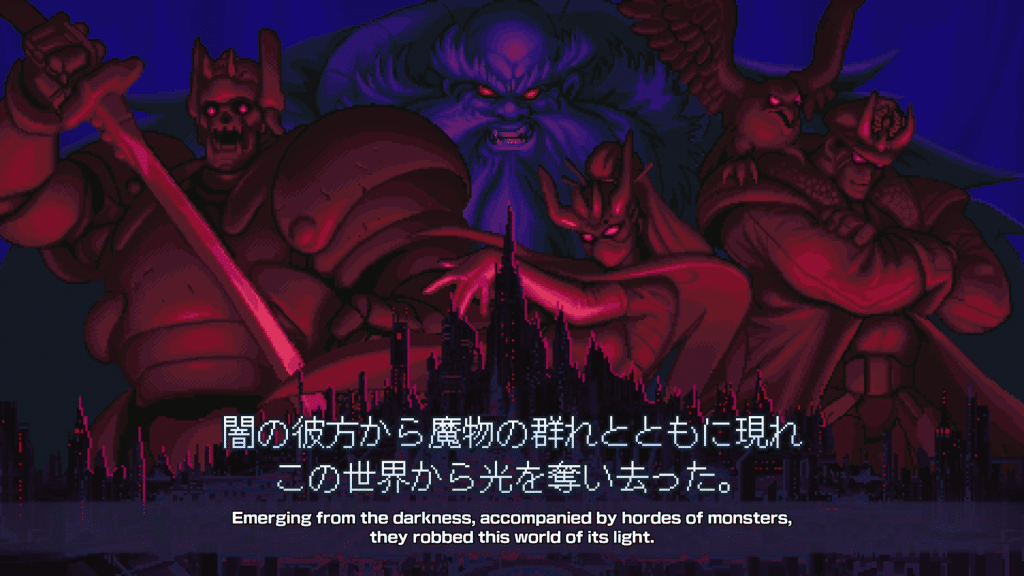
’90s Anime Feel
A revamped manual hidden under options explains what ninjas are in this context, plus some background information on Hayate/Kaede. Unfortunately, character names, and a few other details are no longer included. Still, it’s interesting to see how the core experience is retained, even if the details surrounding it are different. The ending was also expanded upon giving it a better conclusion than the original adventure.
Outside of story is a fair amount of changes to gameplay. The biggest are graphics, which remain pixelated, though more closely resemble an arcade than what the Nintendo Entertainment System could achieve. This gives it a more modern feel, though the same can’t be said about controls.
What a Glow Up
Even compared to things like Shinobi III, which released roughly 3 years later on Sega Genesis, it feels dated. Movement is stiff, gameplay is unforgiving, and controls can feel counterintuitive. Shadow of the Ninja Reborn also features some choices that players might find cheap. For instance, an enemy was holding the railing below me, and simply touching the same location where it was grabbing resulted in taking damage.
To help overcome these new challenges are a wide array of new resources. A little over 50 items can be found, and range from healing milk, to staples like a Kanabō. Not only do these allow for creative solutions to a wide range of problems, any item in your inventory at the end of a stage can be purchased when starting a new run.
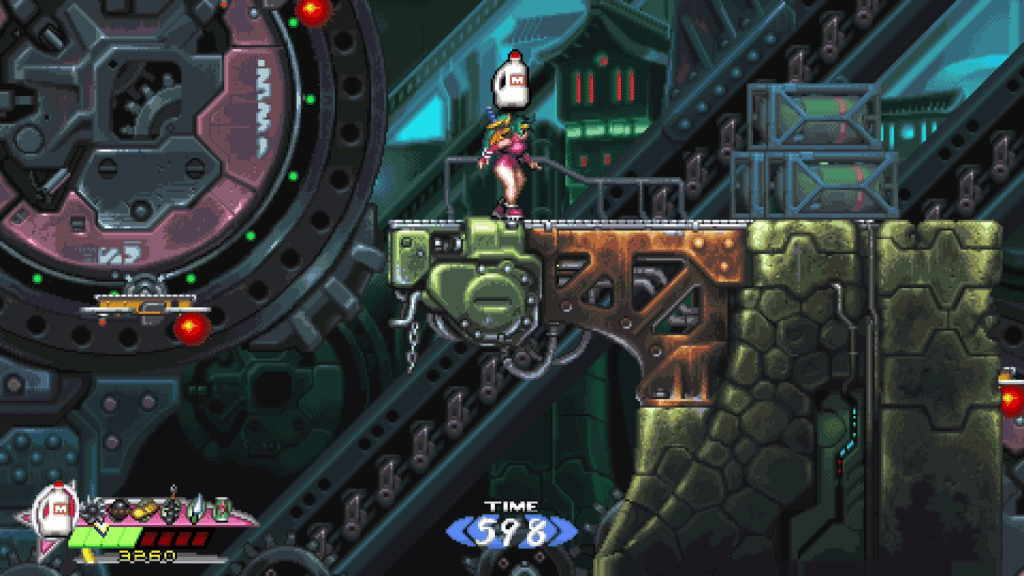
Winners Drink Milk
Not the most practical for a full run, but I could see clever choices resulting in some impressive Time Attack scores. Since scores are uploaded to an online leaderboard, there is the potential for this to be a genuinely competitive experience.
Combat itself feels dated. As previously stated, simply touching an enemy results in damage, and there are a lot of classic platforming heavy sections. As a result, a lot of sections will require a couple attempts to overcome. Typically due to unexpected mechanics, or using the wrong approach.
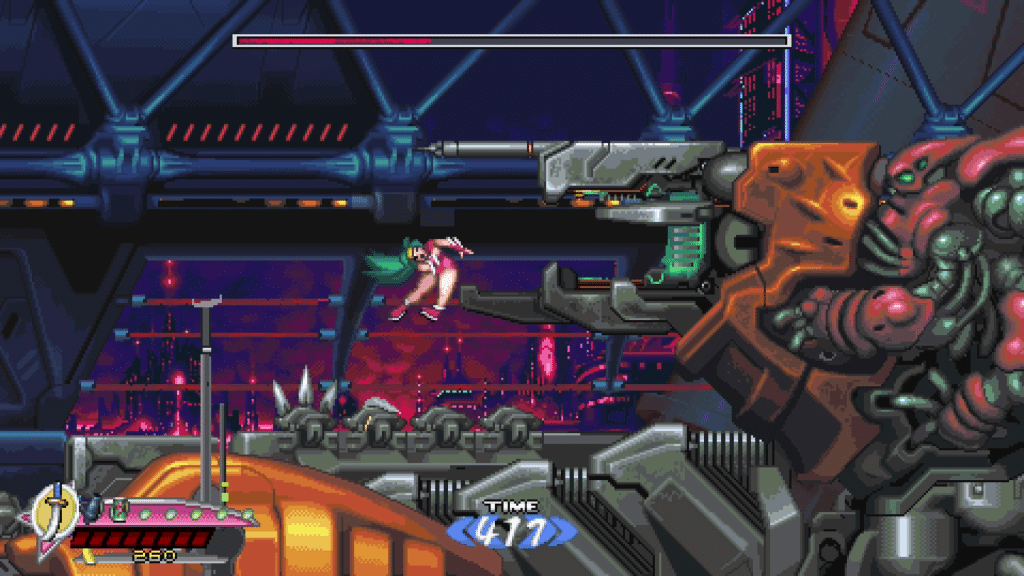
That Wasn’t There the First Time
Levels are largely the same, though there are six here instead of the previous five. The biggest change I noticed was the bosses themselves. Take the second boss, The Panzar.
In the original version this boss is the back of a tank that has a lower turret, top turret, and periodically fires rockets. In Shadow of the Ninja Reborn there is a second phase with a guy shooting a laser, spike traps, and some additional challenges to deal with. Each boss has a similar twist making the experience seem fresh, without losing the original experience.
Shadow of the Ninja Reborn Review Verdict
Shadow of the Ninja Reborn: At its core, Shadow of the Ninja Reborn is a reimagining made with love. The original vision is absolutely present, even if it's a slightly different experience. It makes for an experience that almost anyone can pick up, and enjoy. The only real downside is a lot of the core mechanics feel dated, making slightly harder than was likely intended. Still, there is more than enough to warrant giving this classic a shot. – Grant
Editor’s Note: Shadow of the Ninja Reborn was reviewed on PlayStation 5, and a copy was provided to us for review purposes.





